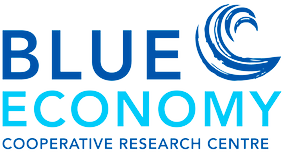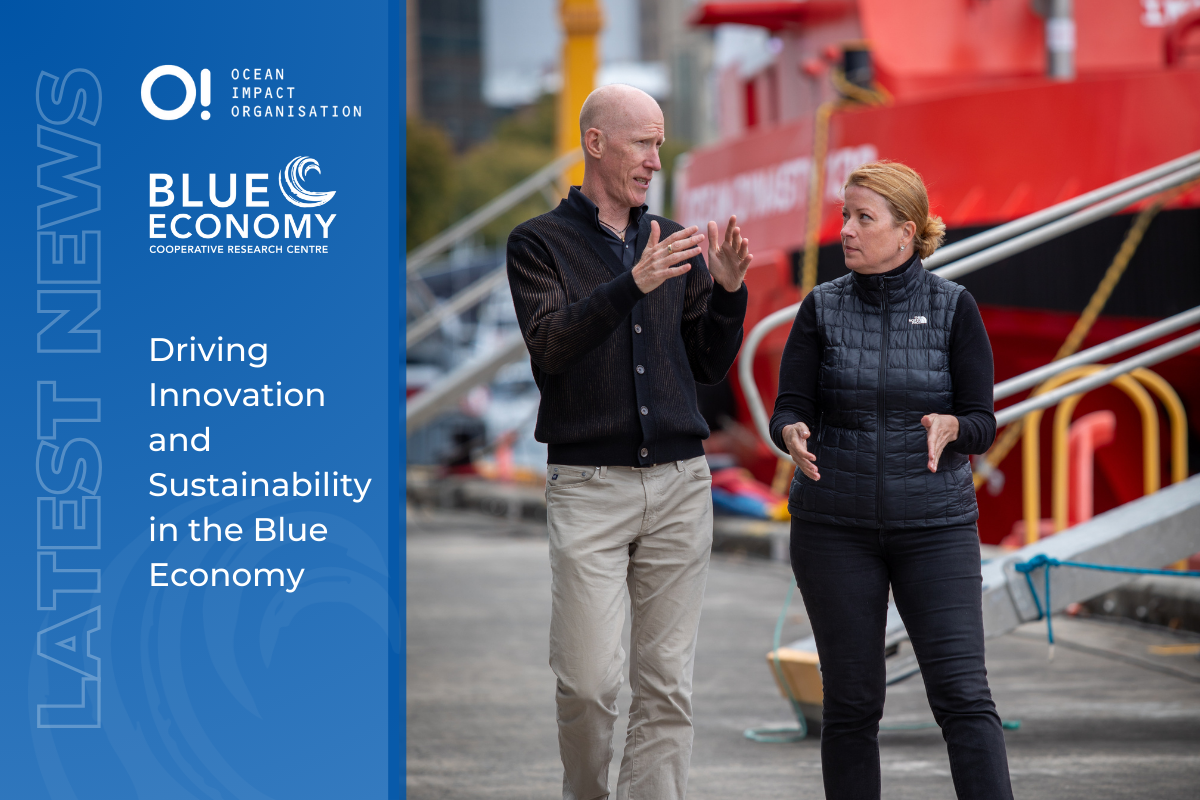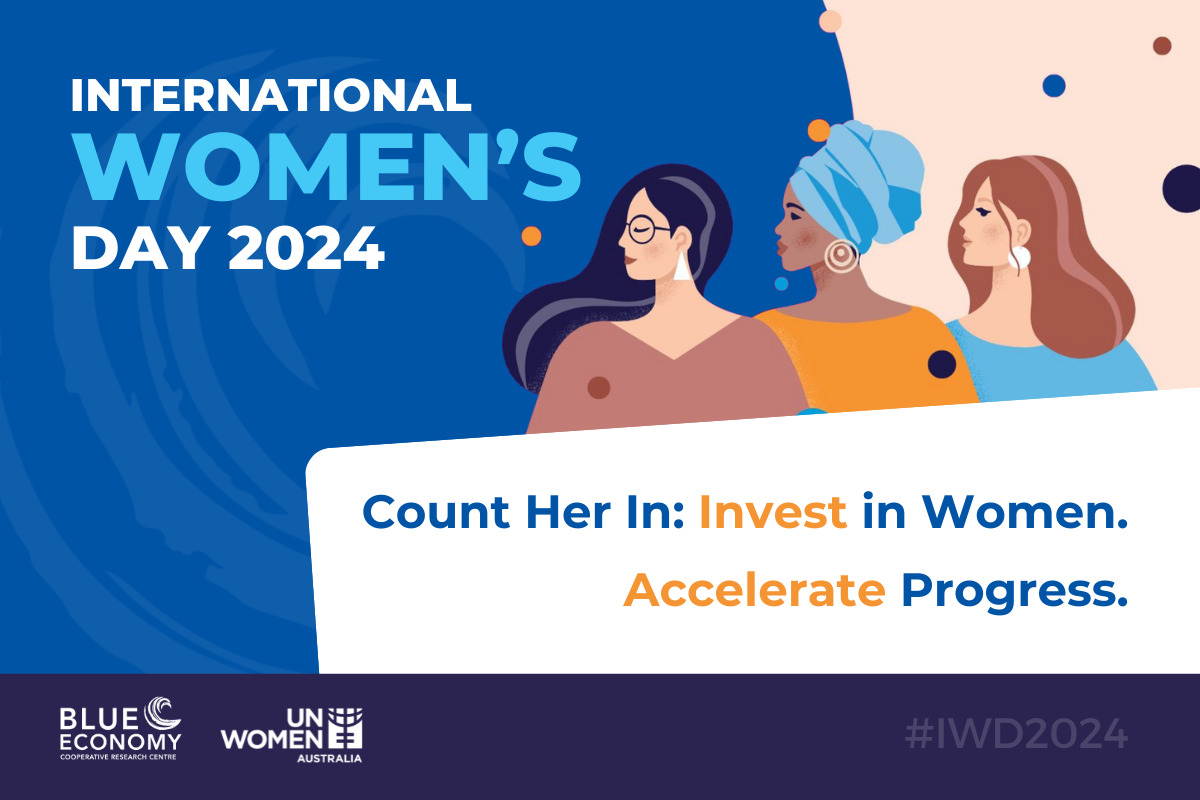 The Blue Economy CRC had its genesis in a workshop held in August 2016 in Hobart, hosted at IMAS. The workshop brought together expertise from industry, government and academia across the fishing and aquaculture, marine renewable energy and offshore engineering sectors, to consider how to create a foundation for the future of the blue economy. As Australia’s largest seafood producing State by value and with a reputation for high quality premium seafood, as well as some of the world’s best ocean energy resources, Tasmania was an obvious choice of location to begin considering this challenge.
The Blue Economy CRC had its genesis in a workshop held in August 2016 in Hobart, hosted at IMAS. The workshop brought together expertise from industry, government and academia across the fishing and aquaculture, marine renewable energy and offshore engineering sectors, to consider how to create a foundation for the future of the blue economy. As Australia’s largest seafood producing State by value and with a reputation for high quality premium seafood, as well as some of the world’s best ocean energy resources, Tasmania was an obvious choice of location to begin considering this challenge.
Recognising that the global demand for food and energy is growing, while our coastal environment is becoming increasingly utilised and facing numerous challenges, all in attendance generally agreed that a transformation of the current paradigm is required. The group ultimately endorsed the opportunity for offshore aquaculture and exportable renewables as an integrated endeavour, leveraging the complementary nature of these activities and the economic synergies that collaboration can bring, as well as interdependencies for both on energy and offshore engineering innovation. A key need identified from the workshop was a site where all sectors and participants could work together to realise the complementary nature of their activities, as well as the benefits and economic opportunities that collaboration would bring.
With more ocean territory than land, development of the marine domain has the potential to offer significant economic opportunities for Australia. Nevertheless, ensuring that these developments are sustainable and meet the expectations of current and future generations suggests that ethical, equitable and responsible use needs to be core in developing our oceans. The Blue Economy CRC has at its heart the need for innovation to focus on systems that have minimal environmental footprints. The ocean is a public resource and we need to ensure that the increased production of seafood and energy, the development of existing and new industries, and their associated jobs, meet the global vision for marine sector development as, for example, articulated through the UN’s Sustainable Development Goals.
Of course, we are just beginning a long journey – as these industries grow through this CRC, further development of tourism, biodiversity conservation, offshore agriculture and more are some of the exciting ancillary industries that may build on this foundation, making Australia a global exemplar of wise, profitable and appropriate use of our oceans. We are excited to have commenced our journey to drive innovation across these sectors and for industry to embrace the opportunities that offshore development will bring: more seafood, increased exports, industry growth through existing and new industries, intellectual property development, and of course, more jobs.






